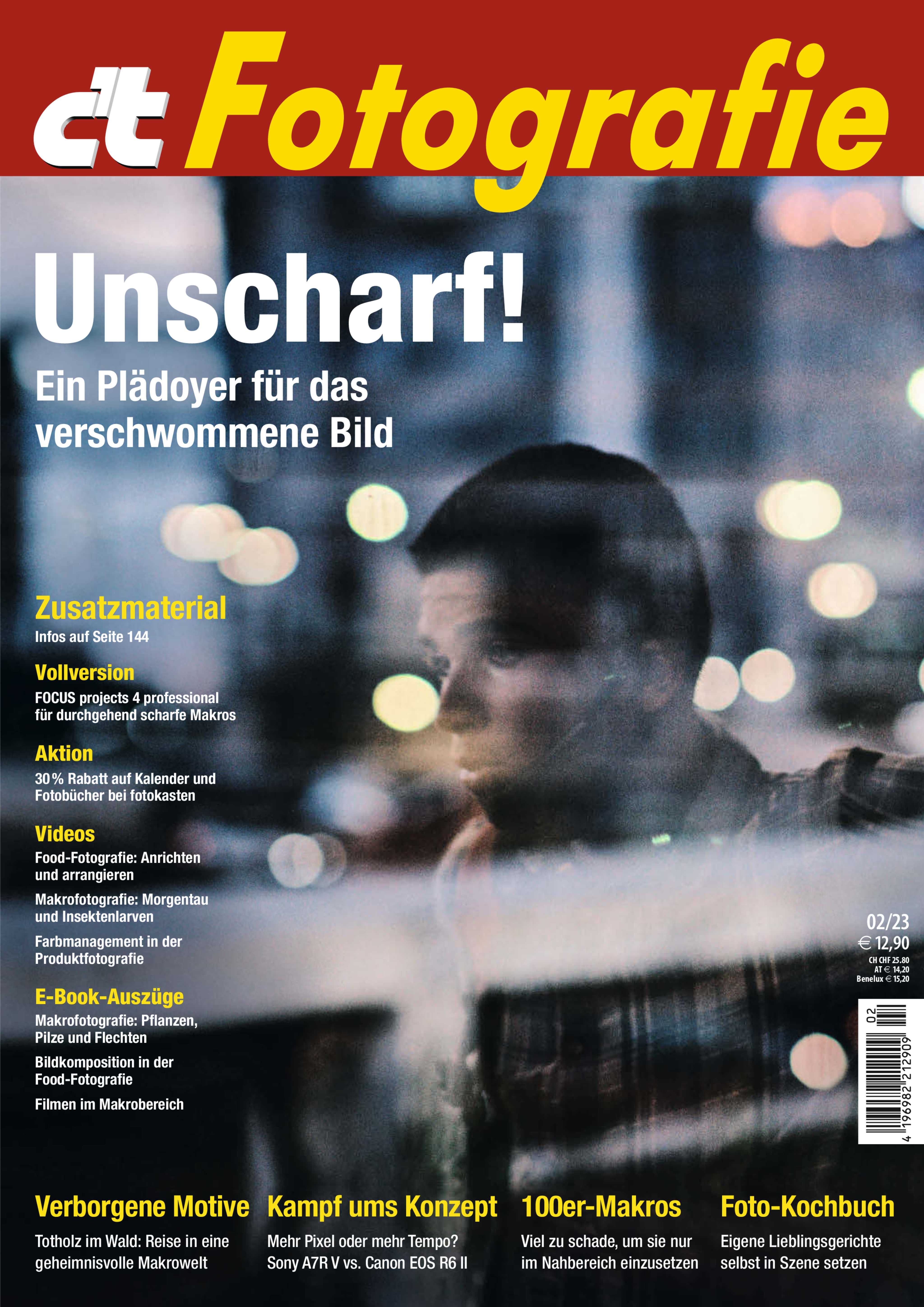Did you notice? The last issue of our column didn’t include the annoying constant topic of AI, but this time there’s no avoiding it. Of course this is a case for Captain Obvious, only this week the problems that create completely artificially generated images became particularly evident. Because, to put it briefly: For the first time, an AI has won a renowned photo competition.

However, an AI in the hands of an experienced photographer and AI user, who made it easier for the machine to learn. The Berliner Boris Eldagsen submitted the image “The Electrician” to the Sony World Photo Awards, won the “Creative” category – and ultimately rejected the award. Mainly because Sony didn’t proactively tell the public that it was an AI-generated work and didn’t want to address the issue at the award ceremony.
what is a photo
Behind this is a whole Chronique scandaleuse, which we have reproduced here. The crux of the matter is that it has been proven that even the judges of a major competition did not notice that the photo was not taken with a camera. In addition, there was no category for AI images, the organizers had obviously not thought of any of that.
You’re always smarter afterwards, and so numerous comments point out that, as is so often the case, the hands of the people depicted look more creepy than realistic. Only: You can’t rely on such mistakes as an identification feature, they will soon hardly occur anymore.
Apart from the general social issues, photo competitions now also need new rules for dealing with AI-generated images. And a clear definition of what a photo is. There are countless misunderstandings, because of course not every AI-based technology should be banned – who should control that? Many filters, right up to RAW development, which is usually the first step in digital photo processing, use so-called AI processes because that is simply the latest marketing hype.
World Press Photo Award
One will probably have to agree that a photo is only such if it has once depicted a real event with a camera. Because what Generative AI shows is not real, people and scenes never existed, they are just a synthesis of the training material. The German Photo Council also points this out in a position paper hin.
The origin of an image is even more critical in areas other than photographic art, such as when it comes to press photography. At the World Press Photo Awards – not to be confused with the Sony show – people have been looking closely at RAW files, checking GPS data, dealing with the photographer and other things for years.
Again, Captain Obvious would have predicted that a dismal picture would emerge from Russia’s war of aggression in Ukraine. The important thing here is the context and the sad story that the picture tells. It can be found in the image description of the WPPA gallery. And that is exactly what AI images lack: the story about the image. Because there aren’t any.
Photoshop fail at the CSU
Perhaps the CSU would have preferred an AI-generated image of their supposed idyll of a Bavarian landscape with a white, blond family, a biogas plant and a completely misplaced Ferris wheel at the foot of the Alps. The party had given itself a new basic program this week, and for that simply the website csu-grundsatzprogramm.de recycled from 2016. And that’s where the picture came from on twitter mockingly taken apart.
The highlights: Roughly estimated, the Ferris wheel is 200 meters high, the cow is about three meters high at the shoulder, and the whole thing is covered with a kind of glow filter that might have been hip seven years ago, but is now part of every smartphone’s automatic function is presented more elegantly. The image no longer appears on the website, if you click away the SSL error messages, the page redirects to the main page of the CSU.
Lightroom learns AI
There was a lack of professionalism, and with modern digital photography that starts with the RAW processing after the shoot. Adobe’s Lightroom is still the top dog, even if other companies like DxO are catching up. And they do that with AI functions, among other things, especially when it comes to denoising, Lightroom could hardly keep up without plugins.
Lightroom Classic 12.3 and Lightroom CC 6.3 finally reduce image noise using AI, and people and facial features can be recognized using the same technology. They can then be masked and retouched in a way that only other tools have previously been able to do. The boundaries between RAW “development” and creative image processing are becoming increasingly blurred.
Large and small lenses from Canon and Leica
When it comes to lenses, the boundaries remain sharply drawn: Professional tools can be bought at almost any price, and luxury costs money. Well, at Leica they expect almost over 4,000 euros for the new 50mm/f1.4, but 12,000 euros for Canon’s new RF 100-300mm F2.8 L IS USM is a completely different statement. Because that is a good tenfold compared to the standard lenses for sports and events with 70-200mm with an aperture of 2.8 from third-party manufacturers.
In return, you get a hundred millimeters more at the long end – but you have to think very carefully about the costs as to whether you really need them. To be fair: packing so much light output and zoom together with a completely new stabilizer in just 2.6 kilograms is technically impressive.
Cardboard camera from 150 euros
Fortunately, there are always interesting concepts in the photo industry that don’t have any high end. The do-it-yourself camera with a paper body, known since 2017 as the CROZ or Paper Shoot, is now also available in an updated form with German distribution. 18 megapixels, fixed focus, AA batteries and only four photo modes, nothing with time and aperture – point and shoot with real retro charm. According to the files, pardon me, the paper form, prices from 150 euros are probably not asking too much.

(NO)


